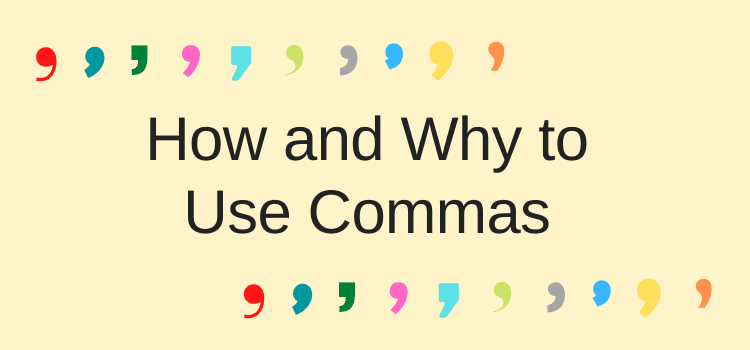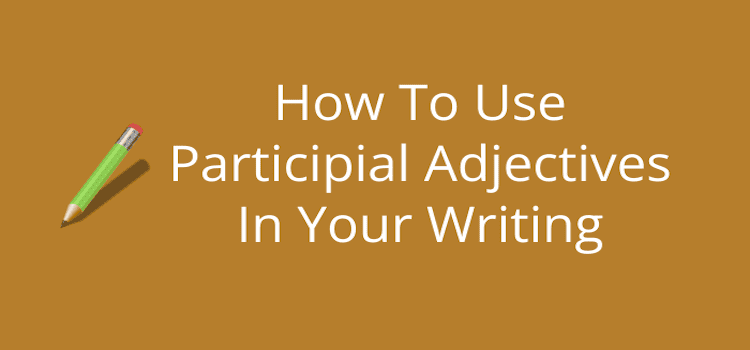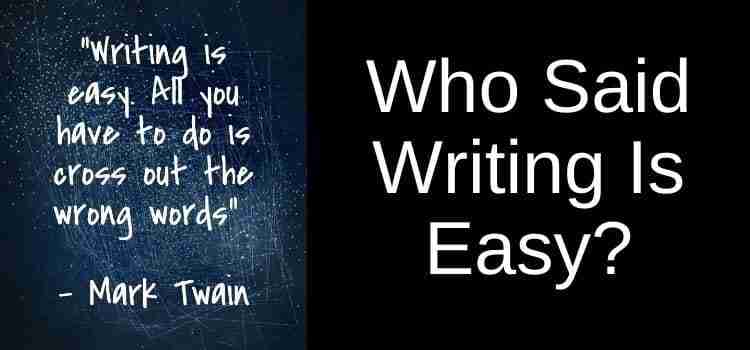
Learning how and when to use commas in writing is a vital part of punctuation and grammar.
Commas add sense and logic to your writing, but punctuation mistakes with commas can cause confusion.
We know that we use commas to set apart a series or list of words or to separate dependent clauses. But there is more to good comma use.
You want your writing to be clear and engaging. Using commas correctly in the following examples can help you do that.
Connecting two independent clauses
You can use commas to connect two independent phrases.
When it comes to writing, using too many short sentences can seem too simplistic for many readers.
You can quickly fix this issue by using a comma to lengthen the sentence while keeping your grammar in check.
If you are not confident in your writing yet, use a punctuation checker to help you.
Here are some examples of using a comma to connect independent clauses with but.
She ran very quickly to catch the bus, but then she realized she forgot her phone.
I like apples, but my brother doesn’t.
We planned a picnic for my son’s birthday, but we had to change plans because it rained.
If there is a subject and verb in each phrase, you put the comma after the first clause because each one is a complete thought.
It is a great way of using commas because you can move from one point to another very quickly.
Eliminate confusion
Writing without commas can become a confusing read.
Adding commas in the right place can eliminate this problem.
We don’t speak nonstop without taking a breath.
But this doesn’t mean that commas are used in writing to indicate taking a breath.
In writing, you insert a comma after a word or phrase when it is grammatically correct punctuation.
The structure and the meaning of a sentence can depend on the usage of commas.
Let’s look at a very old but useful classic example.
It shows how to use commas to eliminate confusion in a sentence.
To my parents, Ayn Rand and God.
To my parents, Ayn Rand, and God.
Just by adding a comma in the right place, it is now clear.
The writer’s parents were not Ayn Rand and God.
Another use for a comma to avoid confusion is when you use because after a negative verb.
Separate items
We use commas to separate several list items in one sentence.
Some people think that it’s unnecessary to use a comma before the last item when the word ‘and’ is included.
On the flip side, some believe it is vitally important to include an Oxford comma.
Here is an example.
For my birthday I invited Jen, Ben and Sam to my party.
For my birthday, I invited Jen, Ben, and Sam to my party.
The message would still be the same without the last comma,
But in this example, there is a problem.
For dinner, we had pork stew, sweet potatoes, chili beans and ice cream.
For dinner, we had pork stew, sweet potatoes, chili beans, and ice cream.
Without the past comma, it reads as if the chili beans were served for dessert with the ice cream.
To be on the safe side, I would always add the last serial comma.
But it depends on which style guide you use or on your in-house writing guide.
Introductory adverbs
Most introductory adverbs need a comma before the main clause. Here’s a quick example.
Finally, I was able to go to the farm.
Suddenly, there was a raccoon on top of our roof.
However, I believed that he was speaking the truth.
The same rule applies to introductory adverbial clauses.
In the end, we decided to go to France.
In addition to that, we also booked a wine tour.
If you use an adverb or adverbial phrase to start a sentence, always use a comma after it.
When you use adverbs like these in the middle of a sentence, you need to wrap it in a pair of commas.
I do believe, however, that we need to reconsider.
Address elements
When you are writing an address, there are usually many elements that make up that address.
You have the street name or building name, the suburb, and the name of the city you have to take into consideration.
If you are writing a letter, then the elements are separated by a line. But when you are writing it out in one line, you need to use commas to divide the information.
By using it correctly, you can easily eliminate any confusion by separating each element of the address.
Oxford Building Block 5 Tornado Street Birmingham 5000
Oxford Building, Block 5, Tornado Street, Birmingham, 5000
Each element stands alone, and the information is clear to the reader.
Full dates
Just as with the address, writing out a full date needs to include commas in the right places.
There is the day of the week, the month, and the year you have to separate.
If you are only using the month and the year, it is acceptable to exclude any commas.
Tuesday September 12 2017 is going to include so much fun.
Tuesday, September 12, 2017, is going to include so much fun.
Commas make your writing precise and clear.
By separating these elements, you are being specific about the essential information in a sentence.
Summary
There are lots of comma rules, and some of them, like for names and titles, can be a little confusing.
But basic comma usage is essential in our everyday writing, as well as our professional writing.
You want to show readers that you have good grammar and language skills.
One way to do that is by learning how to use commas correctly.
Without commas, you can cause confusion for your reader, or your message might be misunderstood.
Even if you are writing a quick note to someone, make sure you do a quick comma check to make sure everything is clear.
A lot of people make comma mistakes, but once you know a few basic rules, you can improve your grammar quite quickly.
This article is a quick introduction to commas in writing. It is certainly not a definitive punctuation and writing guide.
There are many, many more rules for commas. You might want to do some more research to try to get them right all the time.
With time and practice, you will be able to write better and communicate more effectively with your readers.
It can only help your writing skills if you improve your comma and punctuation usage.
Related reading: How To Use A Comma Before Which In Writing




Would you put a comma between the time range and a day of the week?
For example –
8 AM–2 PM, Saturday
Thanks,
Mike
I think one space is accepted now for all writing. Two spaces go back to the old typewriter days.
What about the period? One or two spaces after?
In the case of a full stop or period, when writing a book, it should be one space after, when writing a formal letter, it should be two spaces after.